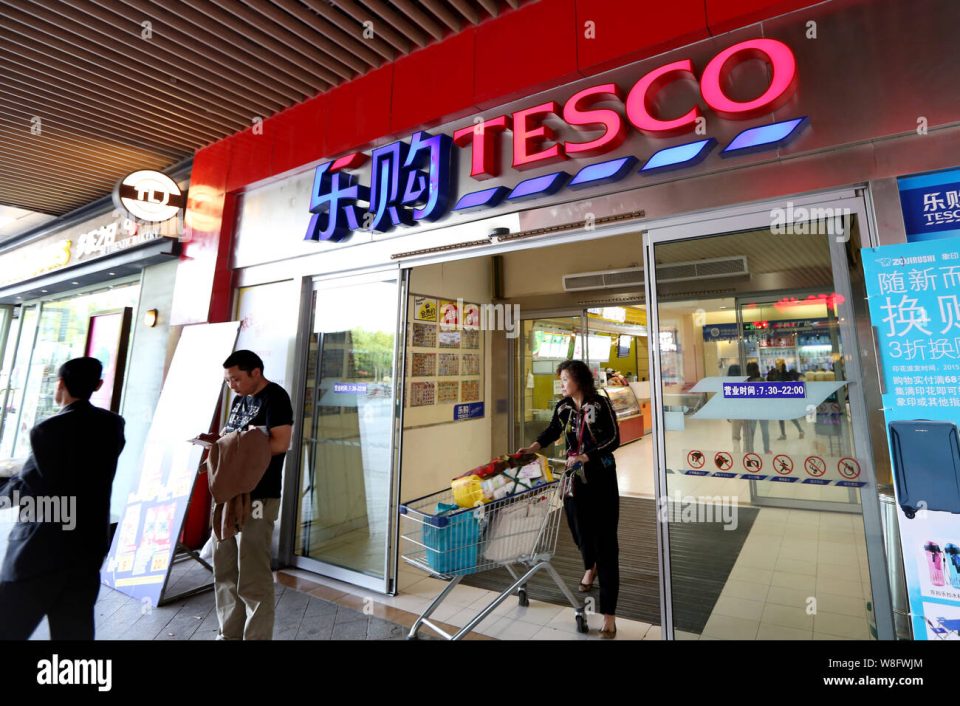In 2004, Tesco ventured into the Chinese market by acquiring a 50% stake in Hymall, a grocery store chain. The move aimed to tap into China’s booming economy and vast consumer base. However, after experiencing continuous losses, Tesco ultimately withdrew from China in 2020. This article explores the reasons behind Tesco’s failure in China, highlighting factors such as a lack of understanding of local culture and consumer habits.
Cultural and Consumer Differences: One crucial aspect that contributed to Tesco’s downfall was its failure to grasp the cultural nuances and shopping preferences of Chinese consumers. Unlike Western consumers, Chinese shoppers tend to be variety seekers who prefer shopping around and bargaining for specific items from specialist traders. Tesco’s belief that its Clubcard loyalty scheme would replicate brand loyalty in China overlooked the fact that many Chinese consumers participate in multiple loyalty programs and value larger choices and personalized experiences.
Geographical and Political Challenges: The physical and political landscape in China posed additional hurdles for Tesco. The dense population centers and prevalence of single-person households in cities like Beijing and Shanghai meant that consumers preferred regular top-up shopping over bulk purchases. Tesco’s strategy assumed customers would travel to large grocery stores, but navigating heavy traffic and limited storage space in high-rise apartments made this inconvenient for Chinese shoppers. Furthermore, the vast size of China posed logistical challenges for Tesco’s supply chain, especially for perishable goods. Government campaigns promoting local businesses also made marketing difficult for foreign retailers like Tesco.
Late Market Entry and E-commerce Competition: Tesco’s late entry into the Chinese market put it at a disadvantage compared to early entrants like Walmart and Carrefour. These competitors secured prime store locations at lower costs and gained a significant share of the market. The rapid rise of e-commerce in China further compounded Tesco’s challenges. As online shopping gained popularity among the expanding middle class, local e-commerce giants like Jingdong, Alibaba, and Tencent offered attractive and convenient alternatives, often at lower prices than foreign retailers.
Lessons for Other Companies: Tesco’s failed expansion in China offers valuable lessons for other companies looking to enter foreign markets. Firstly, embracing joint ventures with local partners can provide insights and credibility in unfamiliar territories. Secondly, investing in understanding local consumers and tailoring strategies accordingly is crucial for success. Simply transplanting strategies or personnel from one country to another is unlikely to yield positive results. Instead, companies must commit to thorough planning, research, and adaptation to effectively navigate challenging markets like China.
Conclusion: Tesco’s missteps in China can be attributed to various factors, including a lack of cultural understanding, geographical and logistical challenges, late market entry, and intense e-commerce competition. By examining Tesco’s experience, other businesses can learn the importance of cultural sensitivity, local partnerships, and customized approaches when venturing into unfamiliar markets. While China presents difficulties, with the right strategies and deep insights into local consumers, success is achievable.



